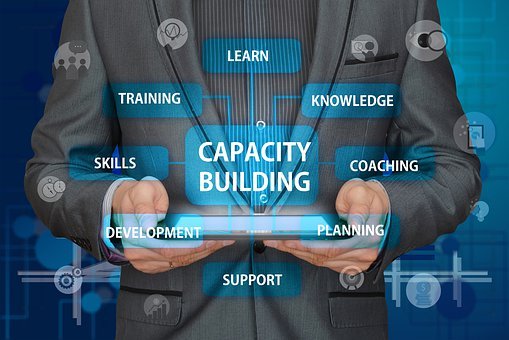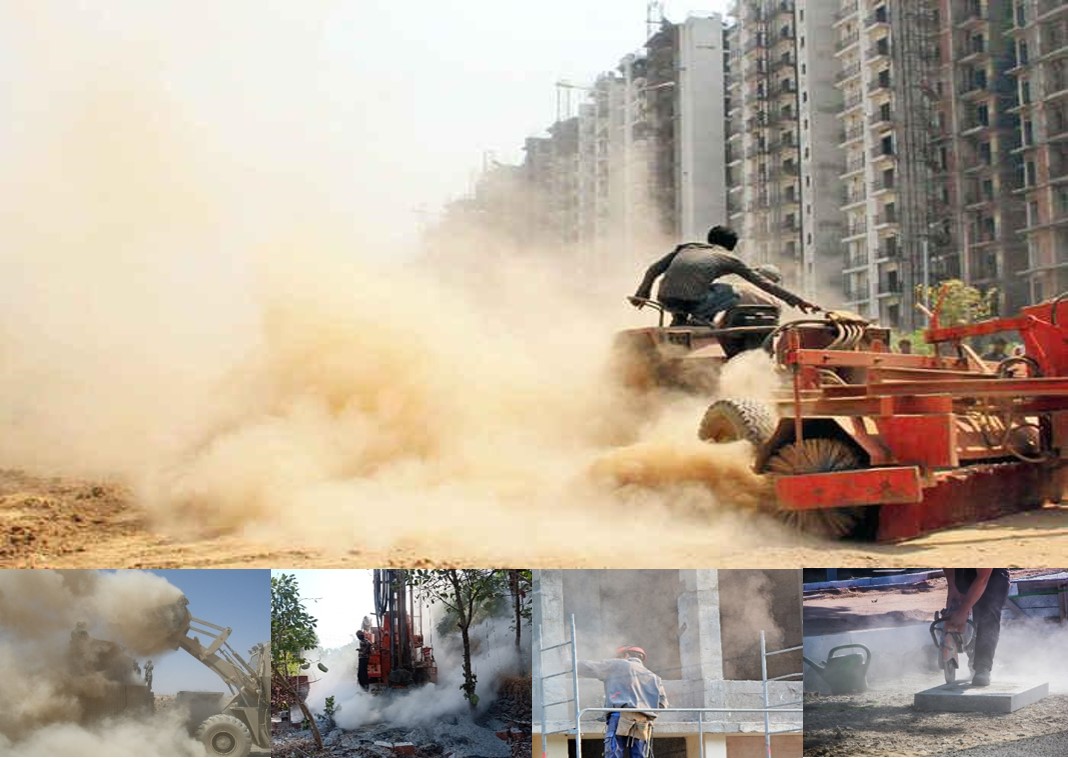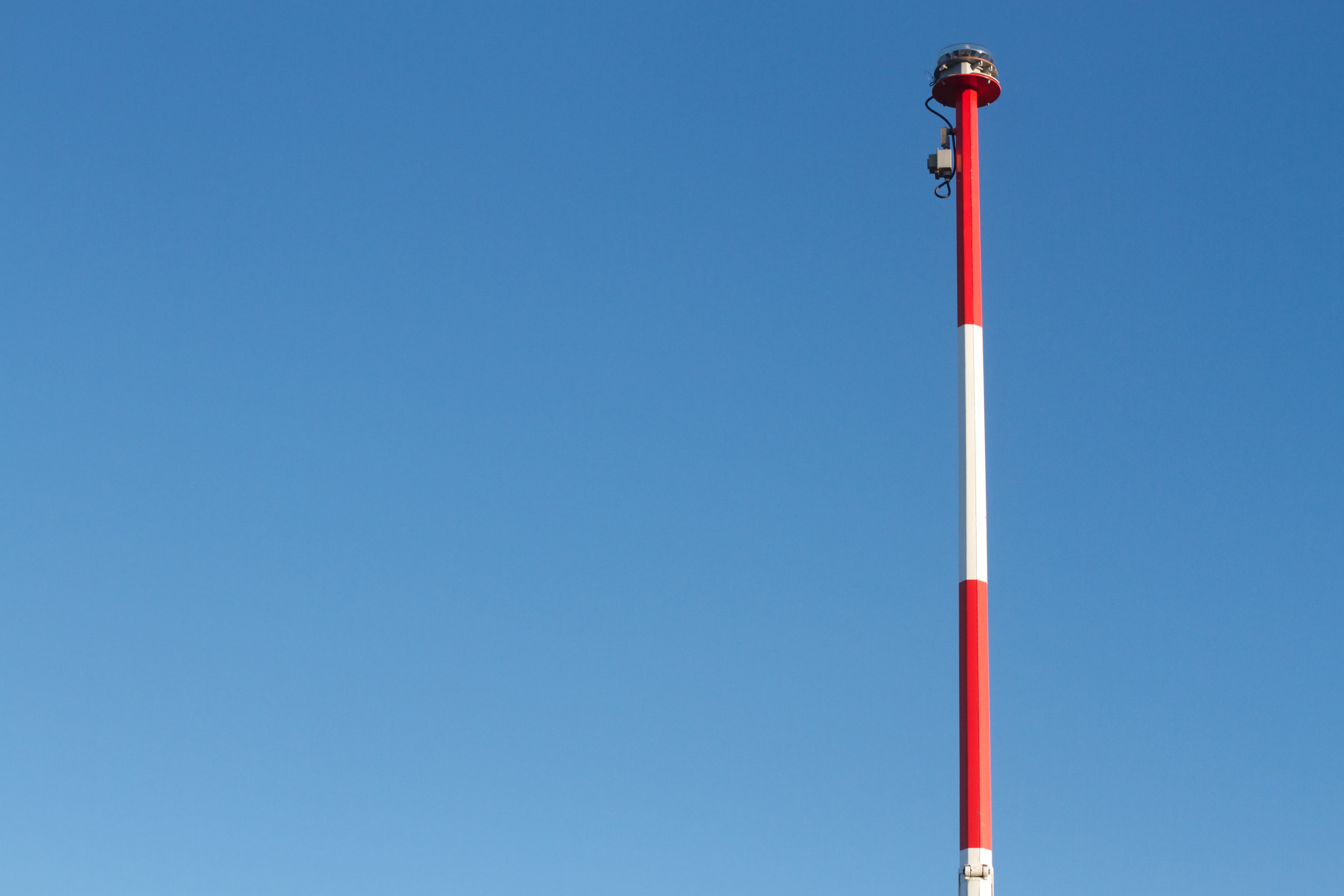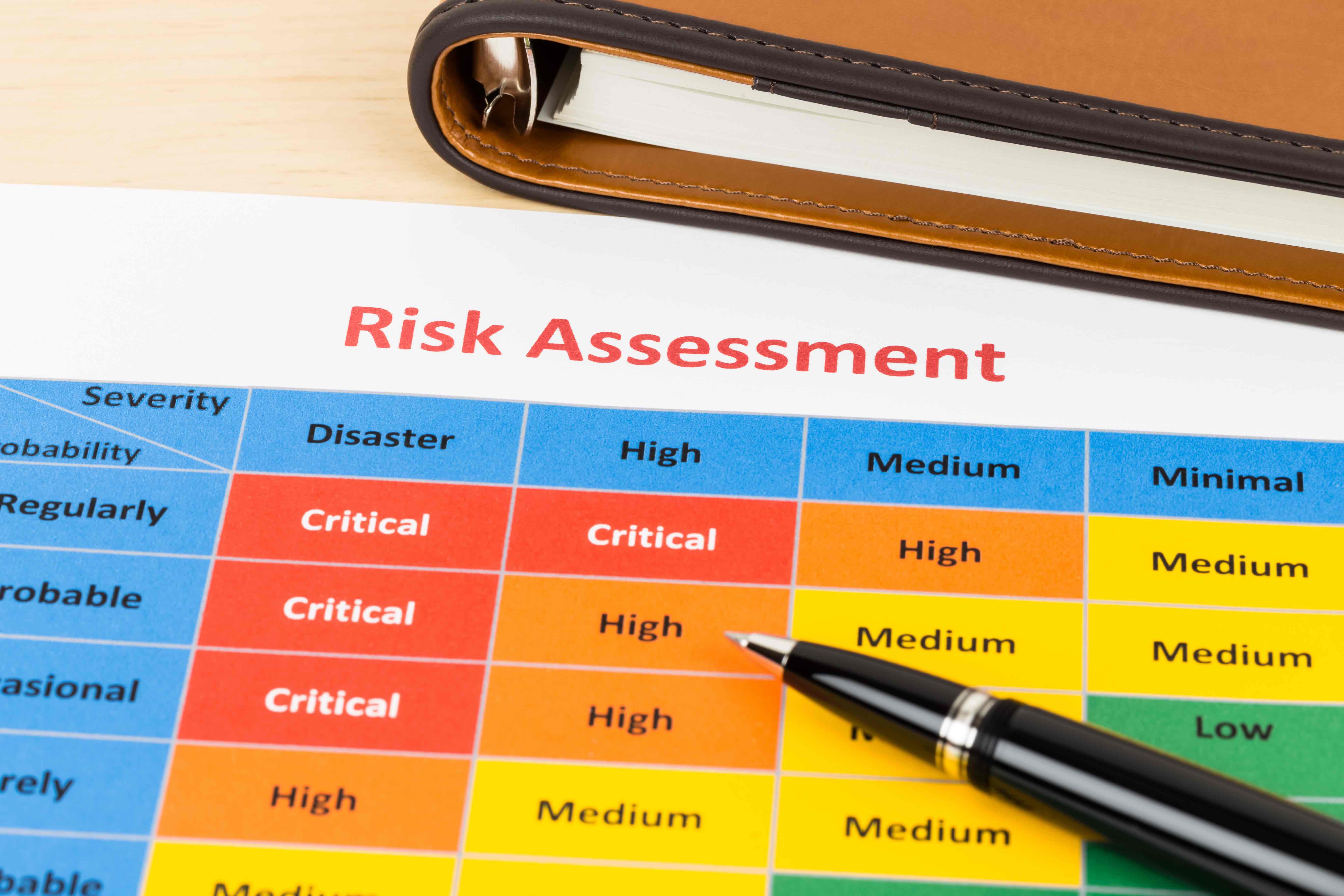
Capacity Building
Most of the construction site workers & engineers are not aware of the health hazards associated with poor air quality at the construction site. And for the same reason, sustainable protocols/practices to curb air pollution are not being practiced at ground level. In countries like India, even management doesn’t bother about the impacts of construction work on ambient air; despite knowing that construction work is the top contributor to air pollution, directly or indirectly.
We are providing custom-designed toolkits including information on main air pollutants and their sources, the scientific evidence on mechanisms through which air pollutants undermine site engineers and workers health, the different policies and interventions that can be enforced to reduce the deleterious impact of construction activities on ambient air, as well as the importance of the management, engineers and workers’ role.




